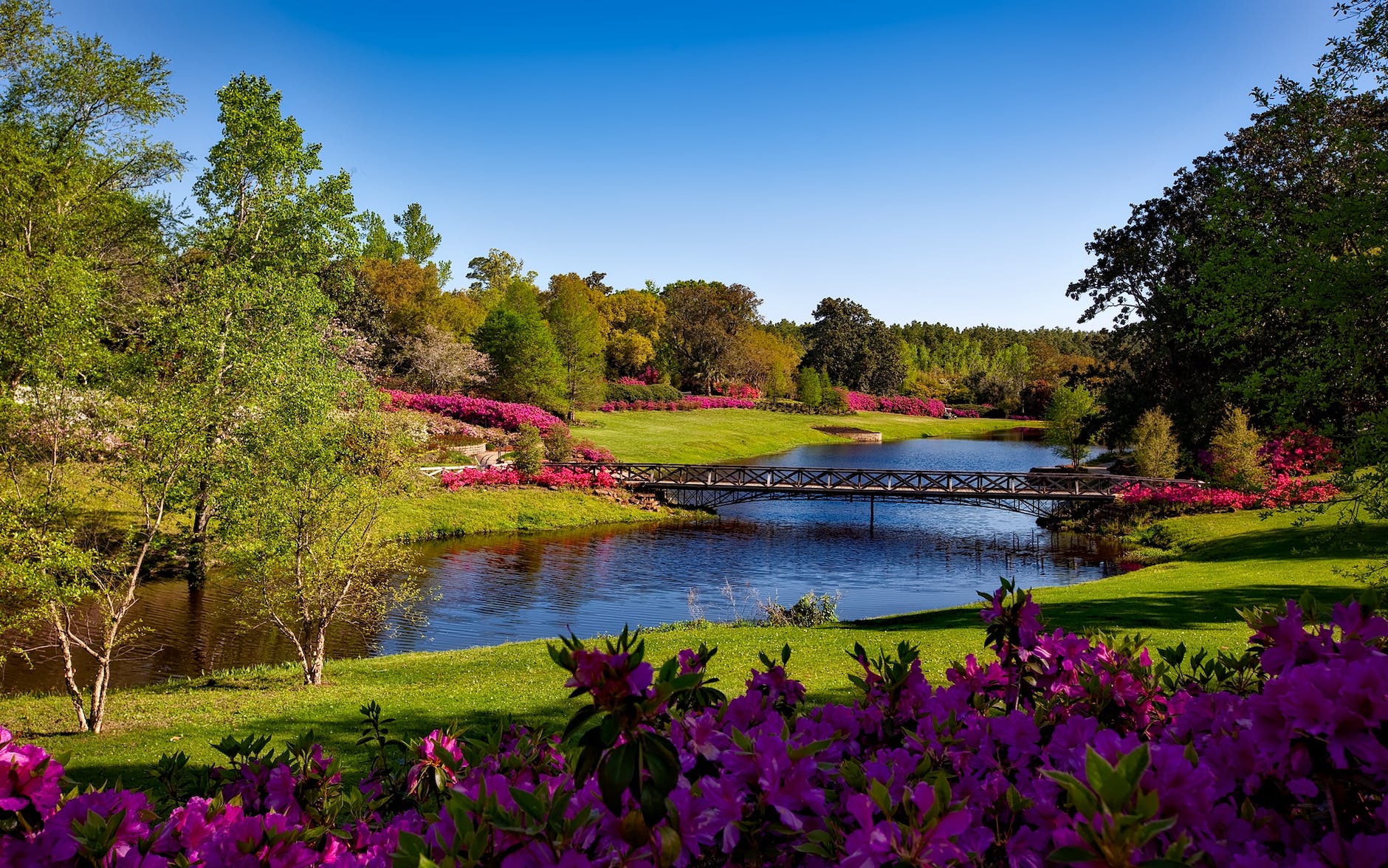In recent years, South America has witnessed the emergence of resilient off-grid communities, a testament to a growing global interest in sustainable living. These communities, ranging from eco-villages in the Amazon to self-sustaining settlements in the Andes, represent a harmonious blend of traditional knowledge and modern technology, fostering lifestyles that are both environmentally friendly and self-sufficient.
The Rise of Off-Grid Communities
Off-grid living is not new in South America, a continent rich in diverse ecosystems and cultures. However, the modern off-grid community movement differs in its use of technology and its focus on sustainability. These communities are designed to minimize environmental impact while maximizing self-sufficiency in energy, water, and food production.
Key Features of South American Off-Grid Communities
Renewable Energy: Solar panels and wind turbines are common, harnessing abundant natural resources.
Water Management: Rainwater harvesting and greywater recycling systems are essential for water conservation.
Sustainable Agriculture: Permaculture and agroforestry practices are employed to grow food organically.
Community Living: Emphasis on communal living and shared responsibilities strengthens social bonds and reduces individual workloads.
Eco-Construction: Homes are often built using local, natural materials, reducing carbon footprints and blending with the environment.
Examples Across the Continent
- The Amazon Basin: Communities here often integrate traditional indigenous practices with modern technology, focusing on preserving biodiversity.
- The Andes Region: High-altitude communities emphasize thermal efficiency and use of local materials for building.
- Patagonia: Known for its rugged terrain, communities here are often isolated, making self-sufficiency crucial.
Resilient off-grid communities in South America
In countries like Paraguay, Brazil, and Argentina, off-grid communities are flourishing. For instance, in Paraguay, a community of Europeans and North Americans has developed a self-sustaining village with modern amenities, all off-grid. They utilize solar power, practice organic farming, and have established their own educational and healthcare systems.
Brazil’s rainforest regions have seen the rise of eco-villages, where inhabitants live in harmony with one of the world’s most biodiverse environments. Meanwhile, in the Patagonia region of Argentina and Chile, intrepid settlers have established off-grid homesteads that withstand harsh climates while preserving the natural beauty of the area.
Off-grid Community in Paraguay
In Paraguay, a community has been established by about 250 Europeans and North Americans aiming to create a resilient, off-grid lifestyle. This community, predominantly Germanic, provides modern living conditions with houses that can be fully off-grid, boasting an endless water supply, sunshine, and land for agriculture. The community supports itself with organic meat, vegetables, and fruit from its extensive cattle and farming operations, and features alternative healthcare providers, a fire department, industrial 3D printing, a gun range, stables, and a school that upholds values of liberty and tradition. While the internet offers glimpses into such communities, including real estate investments and the lifestyle provided, specific investment costs and the comparative cost of living in these areas compared to traditional settings are not detailed online.
For those interested in such lifestyles or investments, contacting local real estate agents or community representatives would be the best way to get accurate financial details, as they would vary based on lot size, house construction, and the level of off-grid autonomy desired.
Conclusion
Resilient off-grid communities in South America are pioneering a future where sustainable living and respect for the environment go hand in hand. By blending traditional wisdom with modern technology, these communities offer insights into how we can live in harmony with nature, providing a blueprint for a sustainable future on a global scale.

Leave a Reply